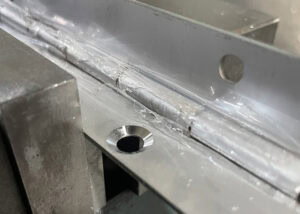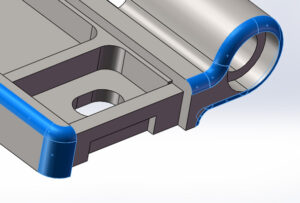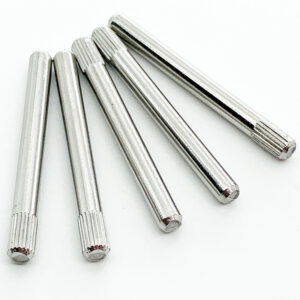Have you ever felt puzzled when you can’t find the exact type of industrial hinge you need for your project? Worrying whether a non-standard hinge will compromise your machinery’s performance or safety? You are not alone in this ordeal. I, too, had similar frustrations during my early days in the industrial design sector.
Customizing industrial hinges involves identifying the suitable material and determining the ideal size and load capacity based on the specific requirements of your machinery. Then, you design the hinge using CAD software, which is then sent for fabrication involving cutting, bending, drilling, and welding, finishing with appropriate treatments for durability.
Stick around to understand the simple process of customizing your industrial hinges. With a bit of knowledge and you will be able to master this skill.
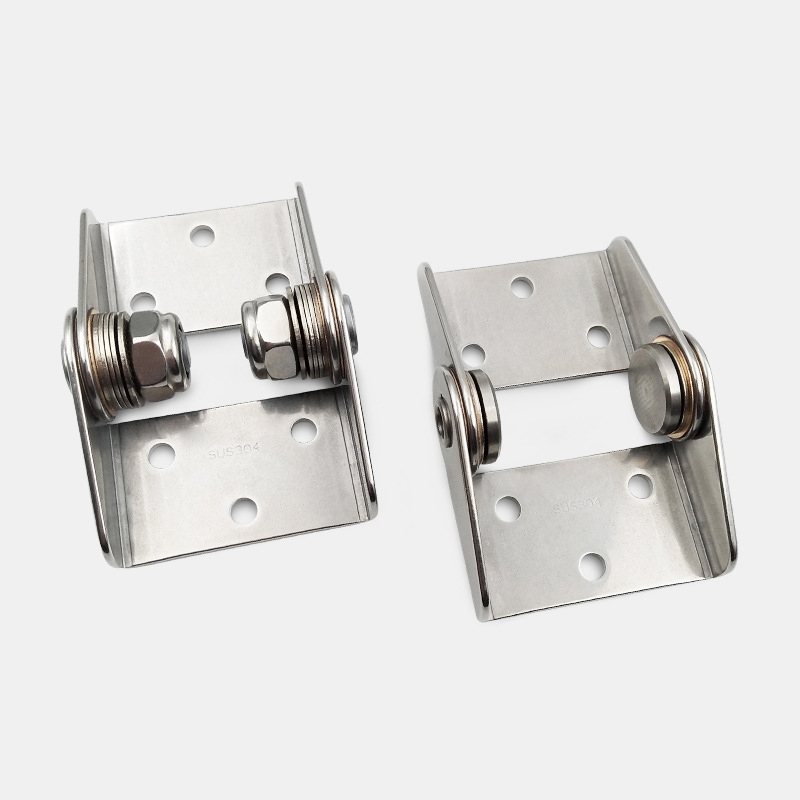
What are the Basics of Industrial Hinges?
Industrial hinges are critical components used to connect and pivot two objects, typically used in heavy-duty applications like machinery, vehicles, and gates. The types of industrial hinges include butt hinges, piano hinges, and pivot hinges to name a few.
When designing custom hinges, you need to account for factors such as material, size, load capacity, and the environmental conditions they will be exposed to. For example, if the hinge will be used in a corrosive environment, materials such as stainless steel or aluminum are advisable.
How to Identify the Right Material for Your Hinges?
Identifying the right material for your hinge is a crucial step. The selection primarily depends on your project requirements and the environmental conditions. For heavy-duty applications, steel and stainless steel are preferred for their high strength and durability. However, if you need a lightweight hinge with good corrosion resistance, aluminum is a suitable choice.
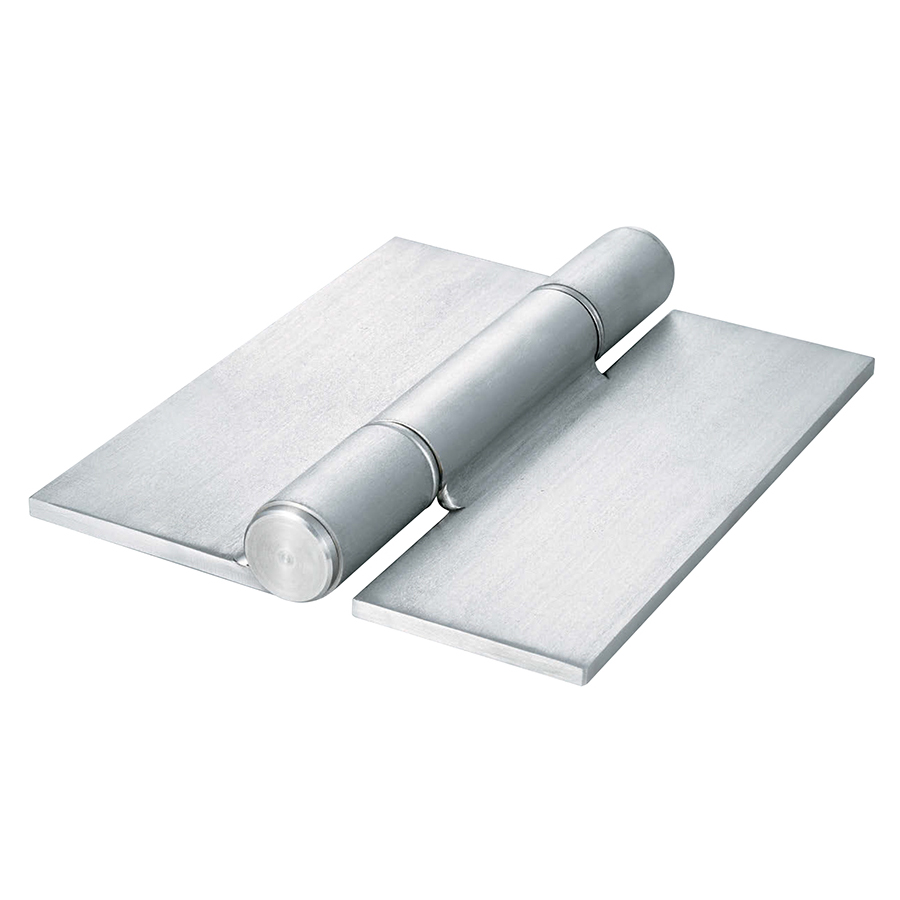
How to Determine the Ideal Size and Load Capacity?
The size and load capacity of your hinge is dictated by the size and weight of the door or lid it supports. If you’re designing a hinge for a heavy gate or door, for example, you will require a hinge that can withstand heavy loads.
Calculations to determine load capacity can get complex, but there are online tools and resources to guide you. Most importantly, when in doubt, always aim for a higher load capacity to prevent potential hinge failure.
What is the Manufacturing Process for Custom Industrial Hinges?
After you have determined the specifics of your hinge, you can move on to the manufacturing process. The process begins with the design phase, where the hinge is modeled using CAD software. The design is then sent for fabrication, typically involving cutting, bending, drilling, and welding. Once the hinge is assembled, it is finished with appropriate treatments to ensure durability and longevity.
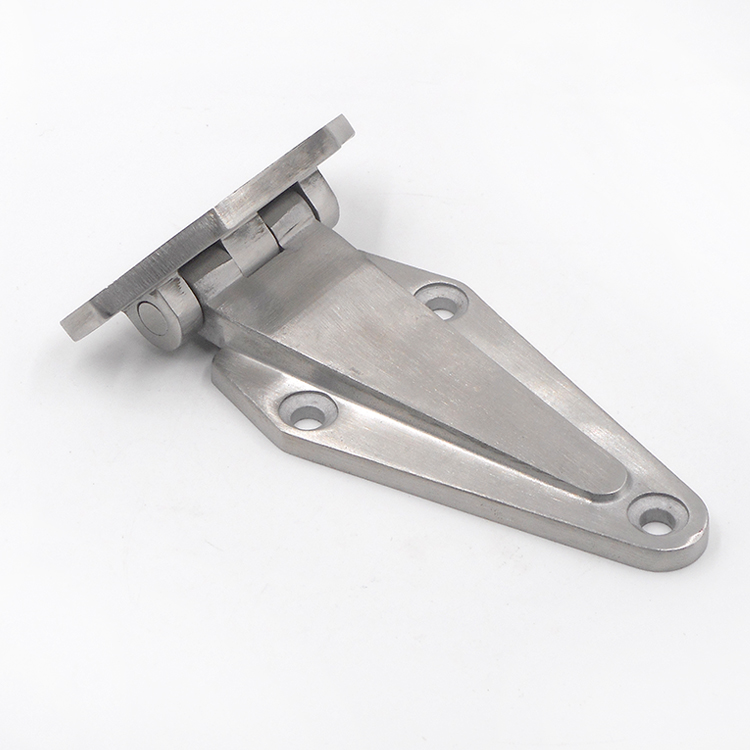
Conclusion
Custom industrial hinges offer the flexibility to design a hinge that precisely fits your needs. By understanding the basics and the manufacturing process, you can achieve hinges that are not only functional but also enhance your machinery’s performance and longevity. Remember, it’s not just about making it work – it’s about crafting the perfect solution.

